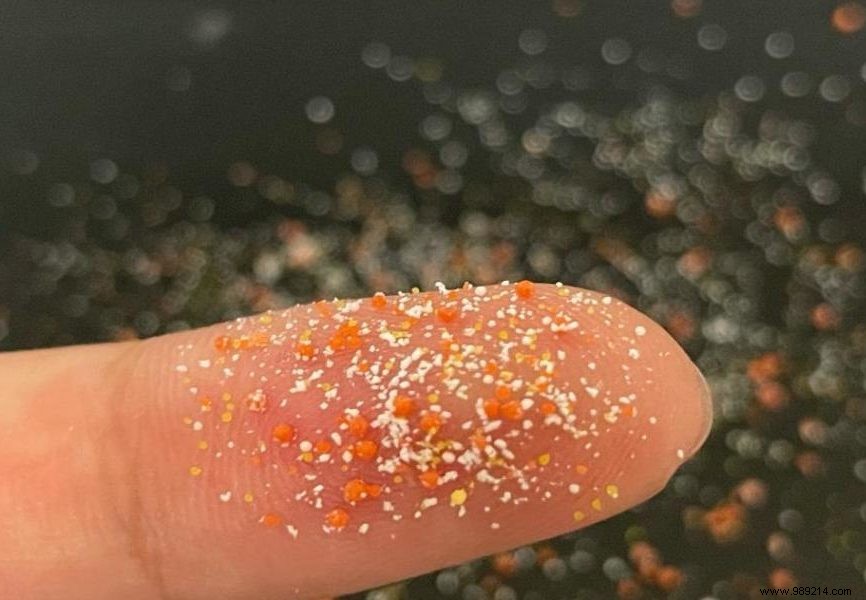A team found microplastics in most lung samples taken from living human patients. Some of these particles were also in the lower part of the lungs. This work will now help guide future studies on the impact of these microplastics on respiratory health.
Defined as plastic particles between 1 μm and 5 mm, microplastics are present in all environmental compartments, from marine and freshwater bodies to soils, through food and drinking water. Microplastics also evolve airborne, whether in urbanized city centers, indoor households, or even the most remote outdoor regions, resulting in ubiquitous and unavoidable human exposure.
As a result, the hazards associated with ingestion, skin contact, and inhalation of microplastics are of increasing concern. Recently, researchers have even spotted plastic nanoparticles in human blood. Synthetic fibers have also previously been observed in samples of human lung tissue and microplastics have previously been found in autopsy samples from human cadavers. On the other hand, to date there have been no rigorous studies confirming the presence of microplastics in the lungs of living people . It is now.
As part of a study published in the journal Science of the Total Environment, a team led by Laura Sadofsky, senior lecturer in respiratory medicine at Hull York Medical School, used lung tissue samples from patients undergoing surgery as part of their routine care. Result:The team found thirty-nine microplastics (and not nanoplastics) in eleven of the thirteen samples lung tissue tested. Eleven of them were found in the upper part of the lung, seven in the middle part and twenty-one in the lower part of the lung.
"We didn't expect to find the greatest number of particles in the lower regions of the lungs, or particles of the size we found “, emphasizes the researcher. "It's surprising, because the airways are smaller in the lower parts of the lungs. It was therefore expected that particles of these sizes would be filtered or trapped before reaching this depth. "
The most common types of plastic found here were pieces of PET , used to make beverage bottles, polypropylene, used for plastic packaging and piping, or plastic resin often used as an adhesive or sealant.

Interesting fact:the only samples that escaped infiltration were from women. The team thinks this could be because men have bigger lungs , and therefore larger airways. However, the sample size remains too small to be able to confirm this hypothesis. Further, more in-depth work will therefore be necessary before definitive conclusions can be drawn.
The characterization of the types and levels of microplastics in this study may also inform realistic conditions for laboratory exposure experiments to determine the effects of these microplastics still debated on human health.